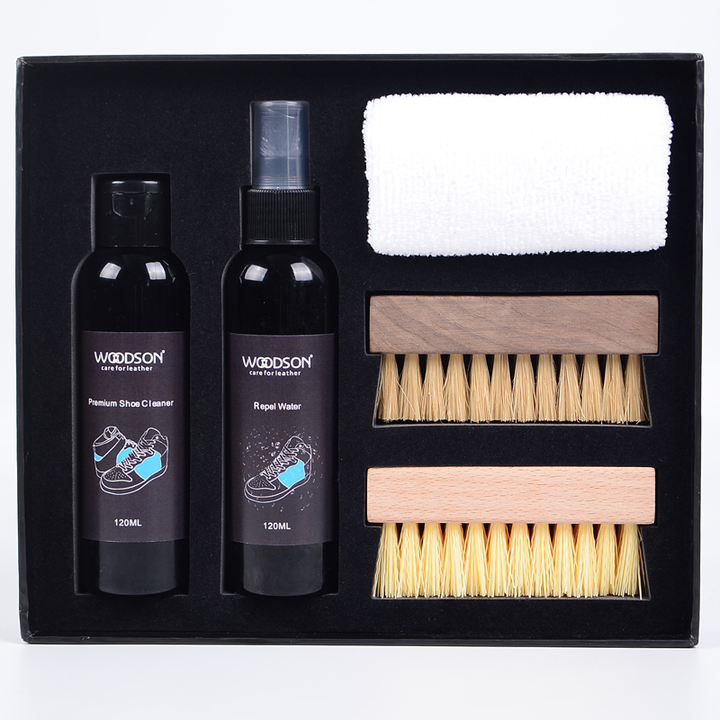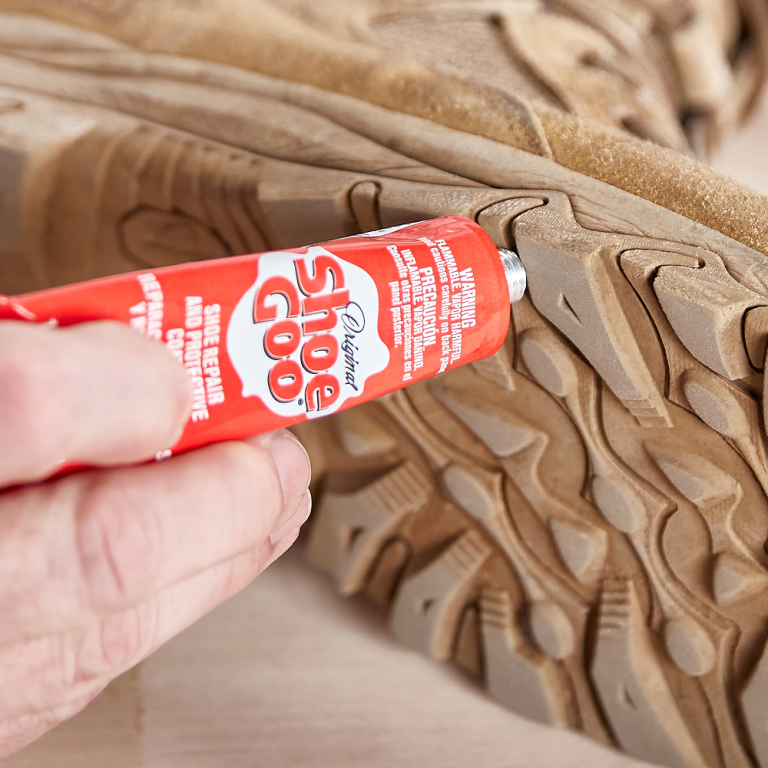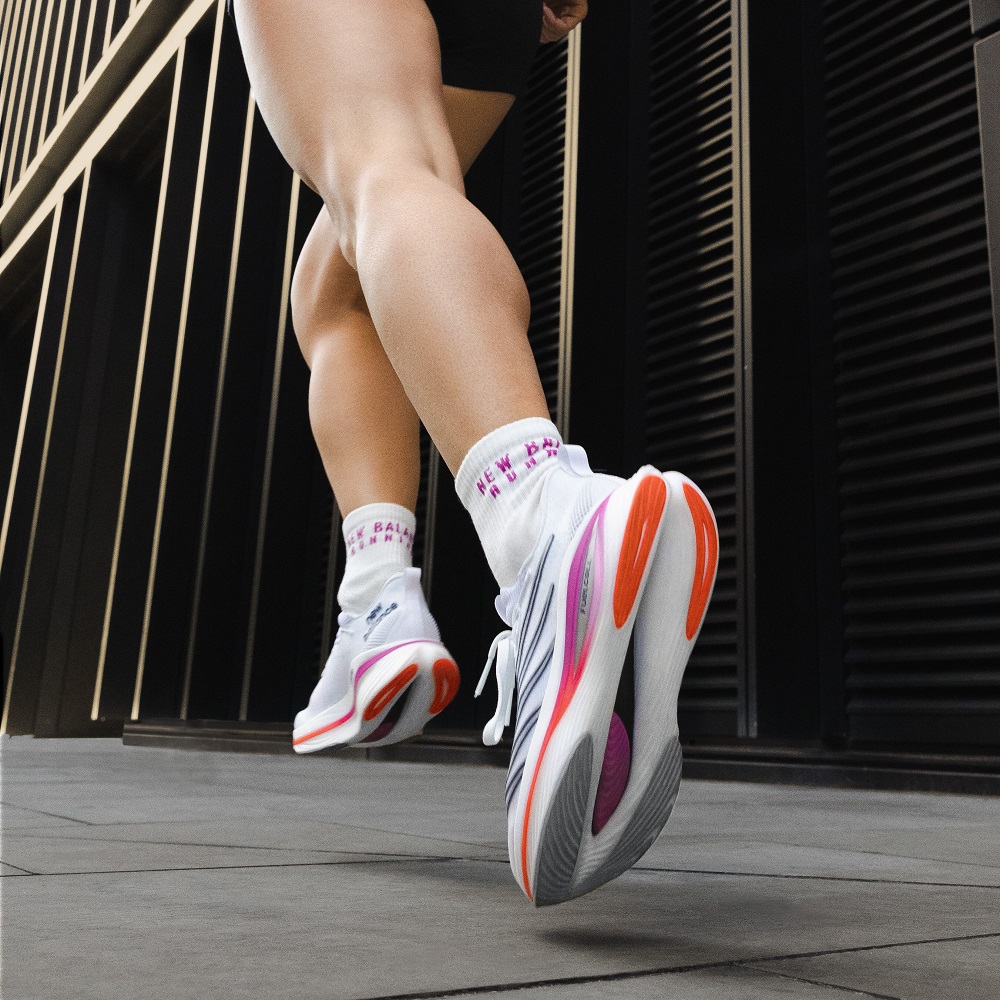
Running Shoes Brands: Top Picks to Meet Your Running Needs
Factors to Consider When Choosing a Running Shoe Brand
Choosing the right running shoes brands depends on several important factors. Each person has unique needs, and considering these factors can ensure a comfortable and efficient running experience.
Importance of Fit and Comfort
Fit and comfort are top priorities when selecting a running shoe brand. Ill-fitting shoes can lead to blisters, discomfort, or even injuries. Look for brands that offer various sizes and widths. Try on different models to find the one that feels snug without being too tight. Make sure there is enough room in the toe box.
Types of Running (Road, Trail, Track, etc.)
The type of running you do impacts the brand you should choose. Road runners need shoes with good cushioning for hard pavements. Trail runners require shoes with strong traction and durability for rough terrains. Track runners may prefer lightweight shoes that enhance speed. Select brand offerings tailored to your running style.
Durability and Build Quality
Durability and build quality determine how long your shoes last. High-quality materials ensure better lifespan and consistent performance. Leading brands often focus on sturdy construction and advanced technologies. Choose a brand known for reliable and long-lasting designs to save on frequent replacements.
Pricing and Value for Money
Pricing varies greatly across running shoe brands. Some brands offer premium-priced models with superior features. Others give mid-range or budget-friendly options without compromising basic quality. Assess your budget and weigh the features offered. A good brand provides value for money through durability, comfort, and performance.
By evaluating these factors, you can choose a running shoe brand that meets your specific needs and enhances your running experience.
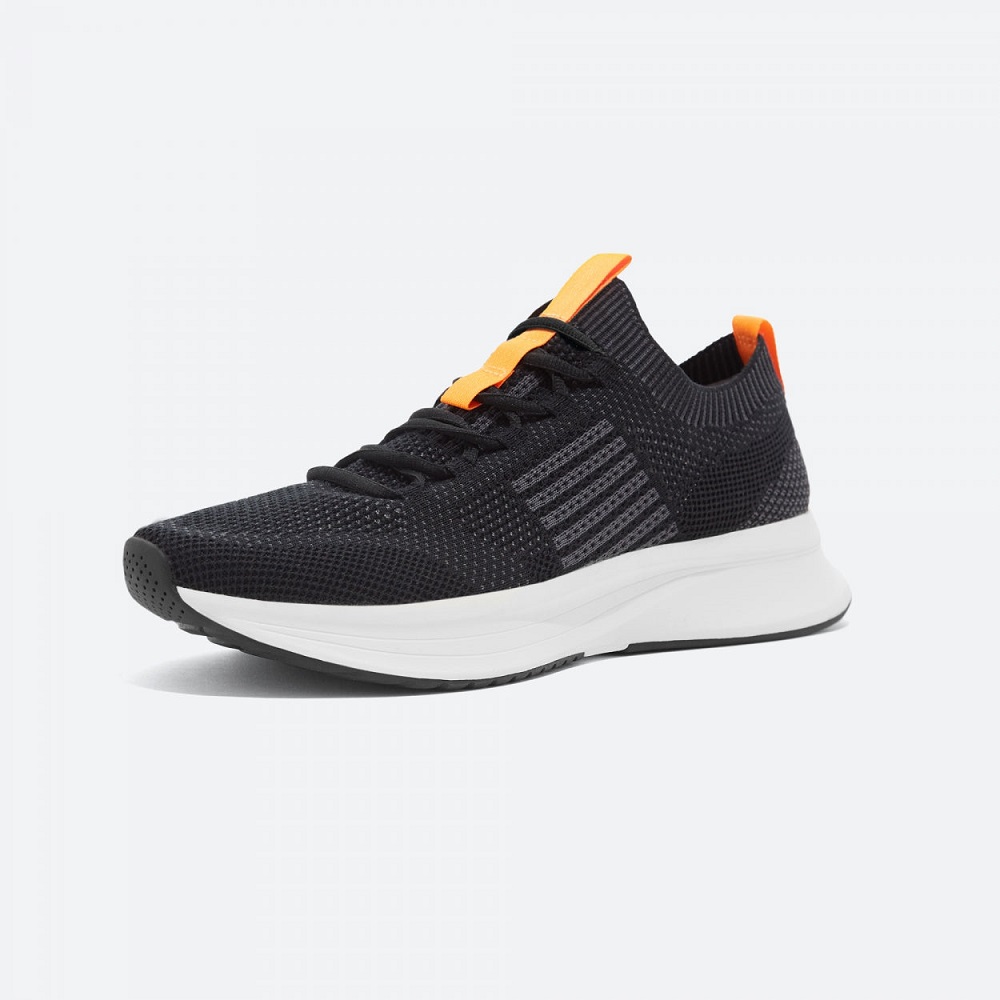
Top Running Shoe Brands in the Market
When it comes to running shoes, several brands dominate the market. Each offers unique features, catering to different running styles and preferences. Here are some of the top running shoe brands that stand out:
Nike: Innovation and Performance
Nike is a leader in the running shoe industry. Their designs consistently prioritize performance and innovation. Flagship models like the Nike Air Zoom series provide exceptional cushioning and responsiveness. Nike’s Flyknit uppers offer a snug, lightweight feel, perfect for both beginners and professionals. The brand also emphasizes style, making their shoes fashionable both on and off the track.
Adidas: Comfort and Style Combined
Adidas is renowned for blending comfort with stylish designs. Their Boost technology delivers excellent energy return and cushioning. The shoes are ideal for long-distance runners who need consistent support. Adidas also utilizes Primeknit uppers for a comfortable, sock-like fit. Many runners appreciate the brand for its durability and eye-catching aesthetics.
ASICS: Trusted by Runners Worldwide
ASICS is a favorite among serious runners globally. Known for their GEL cushioning, they provide superior shock absorption. Models like the ASICS GEL-Kayano and GEL-Nimbus cater to runners seeking stability and comfort. The brand focuses on biomechanics, often creating shoes designed specifically for various foot types.
Brooks: Specializing in Running Shoe Excellence
Brooks specializes exclusively in running shoes, making them a go-to brand for dedicated runners. Their DNA Loft and BioMoGo technologies ensure cushioning and adaptability. Popular models such as the Brooks Ghost and Brooks Adrenaline GTS excel in comfort and support, making them excellent for both road and trail running.
Saucony: For Dedicated Runners
Saucony is a brand synonymous with quality and reliability. Their EVERUN cushioning technology provides consistent energy return and durability. Models like the Saucony Peregrine cater to trail runners and are loved for their traction and rugged design. Saucony’s commitment to comfort and versatility makes it a trusted name among avid runners.
New Balance: A Blend of Classic and Modern
New Balance is celebrated for combining classic designs with modern running technologies. Their Fresh Foam midsoles offer excellent cushioning and support. The brand is especially popular among runners who need wide shoe options. With a balance of durability and comfort, New Balance shoes cater to both casual joggers and competitive athletes.
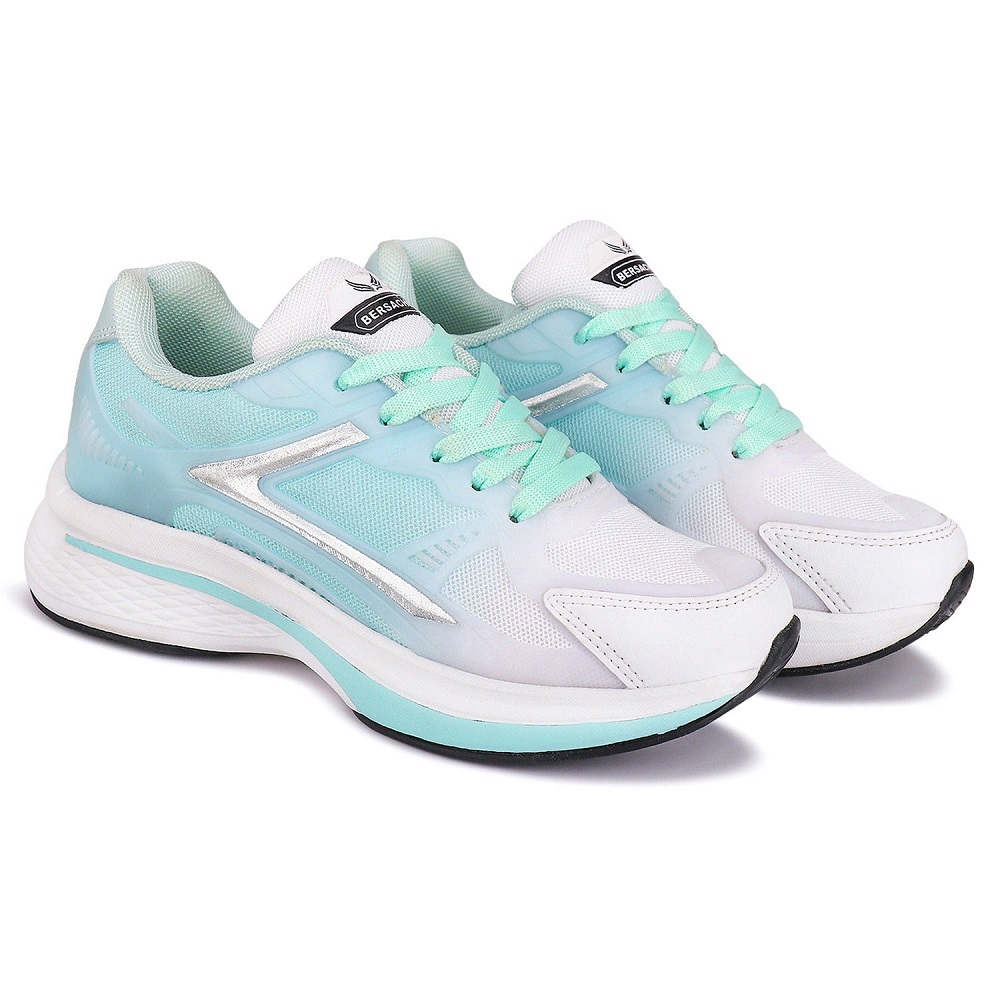
Up-and-Coming Running Shoe Brands to Watch
In recent years, several running shoes brands have emerged with unique features and designs. These brands focus on innovation and cater to specific needs, making them worth considering for your running gear.
HOKA ONE ONE: Known for Maximum Cushioning
HOKA ONE ONE is celebrated for its exceptional cushioning and comfort. Their shoes feature oversized midsoles designed to reduce impact and improve support. This brand is ideal for runners who prioritize soft landings, especially over long distances. Their lightweight designs ensure a responsive feel without sacrificing stability, making them perfect for road and trail running alike.
On Running: Innovative Swiss Engineering
On Running brings distinctive Swiss precision to the running shoe industry. Their patented CloudTec technology delivers smooth landings and explosive take-offs. These shoes are known for their lightweight build and unique sole design. On Running is a great choice for runners seeking innovation and versatility, suitable for both casual runs and competitive races.
Altra: Focus on Foot Shape and Natural Fit
Altra stands out for its focus on foot shape and natural movement. Their FootShape toe boxes allow toes to spread naturally, boosting balance and comfort. Altra shoes also feature zero-drop platforms, aligning feet for a more efficient stride. Runners looking for footwear that promotes healthy biomechanics will find Altra a fantastic option.
Running Shoe Features by Brand
Running shoes brands come with a variety of features to enhance your performance and comfort. It is crucial to understand these features to select the right pair for your running needs. Different brands emphasize specific designs and technologies to cater to various requirements.
Cushioning Technologies and Support Systems
Cushioning is vital for reducing impact during runs. Leading brands innovate in this area:
- Nike uses React foam and Zoom Air units for a responsive yet soft feel.
- Adidas is known for its Boost cushioning, offering high energy return and comfort.
- ASICS incorporates GEL technology to absorb shocks and improve stability.
- Brooks employs DNA Loft and BioMoGo midsoles for adaptable, soft cushioning.
- HOKA ONE ONE specializes in oversized midsoles for maximum cushioning and reduced joint stress.
- Altra offers zero-drop platforms to encourage natural running stride and support.
Understanding these systems ensures you get both comfort and protection while running.
Breathability and Lightweight Materials
Breathable shoes keep your feet cool and dry during long runs. Lightweight designs improve speed and agility. Here’s how brands focus on these aspects:
- Nike’s Flyknit uppers provide exceptional ventilation while reducing weight.
- Adidas Primeknit offers a sock-like fit with breathable comfort.
- Saucony incorporates engineered mesh to promote airflow and minimize heft.
- On Running uses innovative upper materials that feel airy and ultra-light.
- New Balance designs Fresh Foam uppers for both breathability and snug support.
Proper ventilation and lightweight materials contribute to better running performance and reduced fatigue.
Traction and Sole Design for Various Terrains
Traction and sole durability are essential for different types of running surfaces. Brands adapt their designs:
- Nike integrates rubber treads for enhanced grip on roads and smooth trails.
- Adidas employs Continental rubber soles for durability and traction, even in wet conditions.
- Saucony Peregrine excels in rugged terrains with aggressive lugs.
- Brooks builds shoes with stable bases for road and trail versatility.
- HOKA ONE ONE provides sturdy outsoles for technical trails and uneven surfaces.
- ASICS tailors sole technologies like AHAR for long-lasting wear on hard pavements.
Matching sole designs and traction features to your preferred terrain will improve stability and control.
Understanding these features will help you choose a running shoe brand that complements your running style and needs.
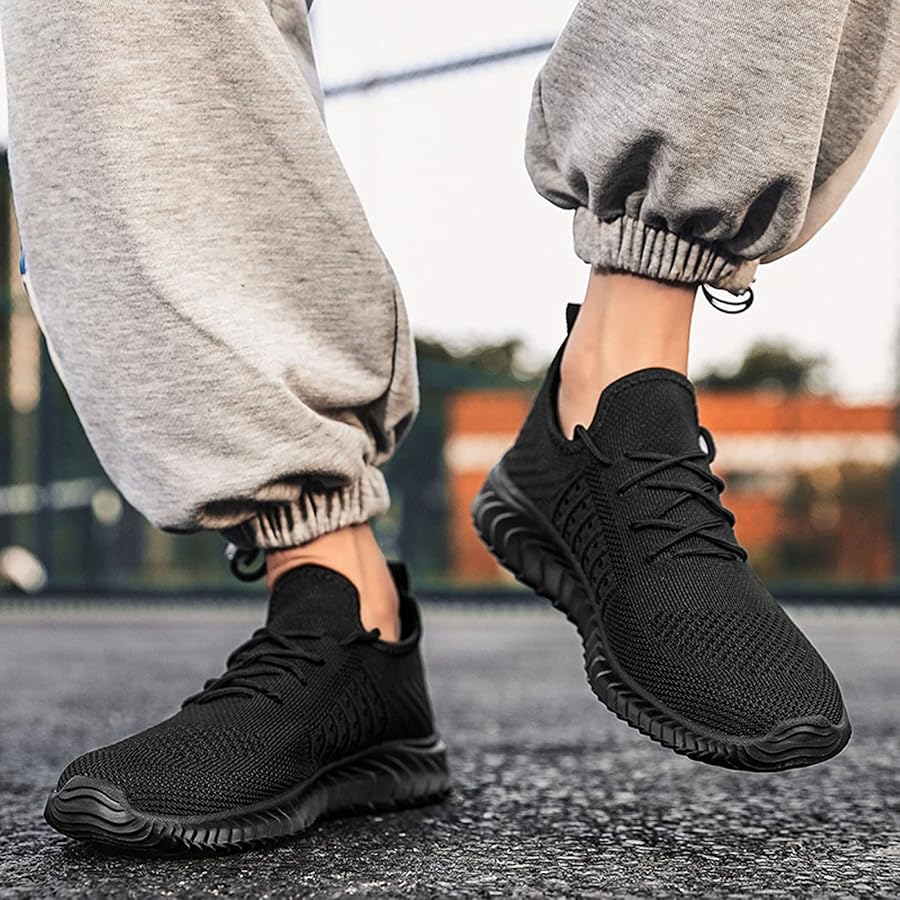
How to Find the Right Brand for Your Running Style
Choosing the right running shoe brand is essential for comfort and performance. This decision depends on several factors, including your foot type, how you test shoes, and evaluating reviews.
Analyzing Your Foot Type (Neutral, Overpronation, Supination)
Understanding your foot type is the first step in finding suitable running shoes. The three main foot types are:
- Neutral Feet: Balanced arch structure, typical for most runners. Look for versatile brands like Nike or Adidas.
- Overpronation: Feet that roll inward excessively. Opt for stability-focused brands like ASICS or Brooks.
- Supination: Feet that roll outward. Cushioning shoes from brands like HOKA ONE ONE or Saucony are ideal.
Visit a specialist store to get your gait analyzed for accurate recommendations.
Testing Shoes in Stores or Through Trials
Trying shoes before buying is crucial for finding the perfect fit. Follow these tips:
- Visit stores and try different models from top brands.
- Wear your usual running socks during testing.
- Walk, jog, or run in-store to assess comfort and performance.
- Take advantage of brands offering trial periods, like HOKA ONE ONE or Brooks.
Testing ensures the shoes match your foot and running style.
Tips on Reading Customer Reviews and Expert Opinions
Customer reviews and expert opinions provide valuable insights into shoe quality. Here’s how to use them effectively:
- Check reviews on official websites and running forums.
- Look for feedback on durability, cushioning, and comfort.
- Read expert opinions from sportswear specialists for technical insights.
- Compare reviews across multiple brands, such as Nike, ASICS, and Altra.
Reviews ensure you select a brand that fits your specific needs and preferences.
By analyzing your foot type, testing shoes, and reviewing feedback, you can confidently choose the best running shoe brand for your style.

Expert Recommendations: Matching Brands to Specific Needs
Choosing the right running shoes brands depends on your skill level and specific running goals. Different brands offer unique benefits tailored to your needs.
Best for Beginners: Options to Start Your Journey
Beginners need shoes that provide comfort and versatility. These features ensure a smooth start:
- Nike Revolution is ideal for beginners. It combines affordability with cushioning and support.
- Adidas Duramo offers a lightweight design for easy runs and extended comfort.
- ASICS Gel-Contend ensures durability and shock absorption, reducing strain on feet.
- New Balance Fresh Foam Roav provides a snug fit for casual or moderate-intensity runs.
These brands deliver entry-level footwear that balances price, comfort, and basic performance.
Best for Long-Distance Runners: Durable and Supportive Choices
Long-distance runners need shoes with superior cushioning and long-lasting materials. Stability is key for endurance:
- Brooks Ghost provides top-notch cushioning for extended road runs.
- ASICS Gel-Nimbus delivers exceptional shock absorption for marathon distances.
- HOKA ONE ONE Bondi features ultra-cushioned midsoles ideal for reducing foot fatigue.
- Saucony Triumph offers high energy return and long-lasting support for serious running sessions.
These brands focus on durability to handle high-mileage runs without compromising comfort.
Best for Speed: Lightweight and Performance-Oriented Shoes
Runners focused on speed need lightweight, responsive shoes for competitive events or tempo runs:
- Nike ZoomX Vaporfly helps improve speed with its energy-efficient design.
- Adidas Adizero excels in both light weight and responsiveness, ideal for sprints.
- On Running Cloudflow provides explosive take-offs, boosting tempo performance.
- Altra Escalante Racer combines a natural fit with dynamic support for fast-paced runs.
These brands cater to runners aiming for speed while maintaining comfort and control.
Understanding your running style and needs helps you choose suitable shoes from trusted brands.
Maintaining and Replacing Your Running Shoes
Proper care and timely replacement of your running shoes are crucial for performance and safety. Knowing when to replace your shoes and how to extend their lifespan helps avoid discomfort and injuries.
Signs It’s Time for a Replacement
Worn-out running shoes brands can negatively impact your performance and increase the risk of injuries. Here are some common signs indicating it’s time for a new pair:
- Mileage Exceeded: Replace shoes every 300–500 miles based on the brand and running surface.
- Sole Wear: Check for thinning, uneven wear, or visible damage on the outsole.
- Midsole Compression: Reduced cushioning or a flattened midsole signals decreased impact absorption.
- Discomfort and Pain: Persistent aches or blisters suggest your shoes no longer provide proper support.
- Upper Damage: Torn or overly stretched uppers reduce stability and fit.
Pay attention to these indicators for safe and effective runs.
Tips to Prolong the Lifespan of Your Shoes
Extending the life of your running shoes saves money and ensures consistent performance. Follow these tips to maintain them:
- Rotate Shoes: Alternate between two pairs to reduce wear.
- Dry Shoes Properly: Air-dry after each run; avoid direct sunlight or heat sources.
- Use for Running Only: Refrain from wearing running shoes for casual use.
- Store Them Correctly: Keep them in cool, dry spaces away from moisture.
- Clean Regularly: Remove dirt and debris gently; avoid harsh chemicals or machine washing.
By recognizing signs of wear and applying proper care methods, you ensure your running shoes brands remain in excellent condition.
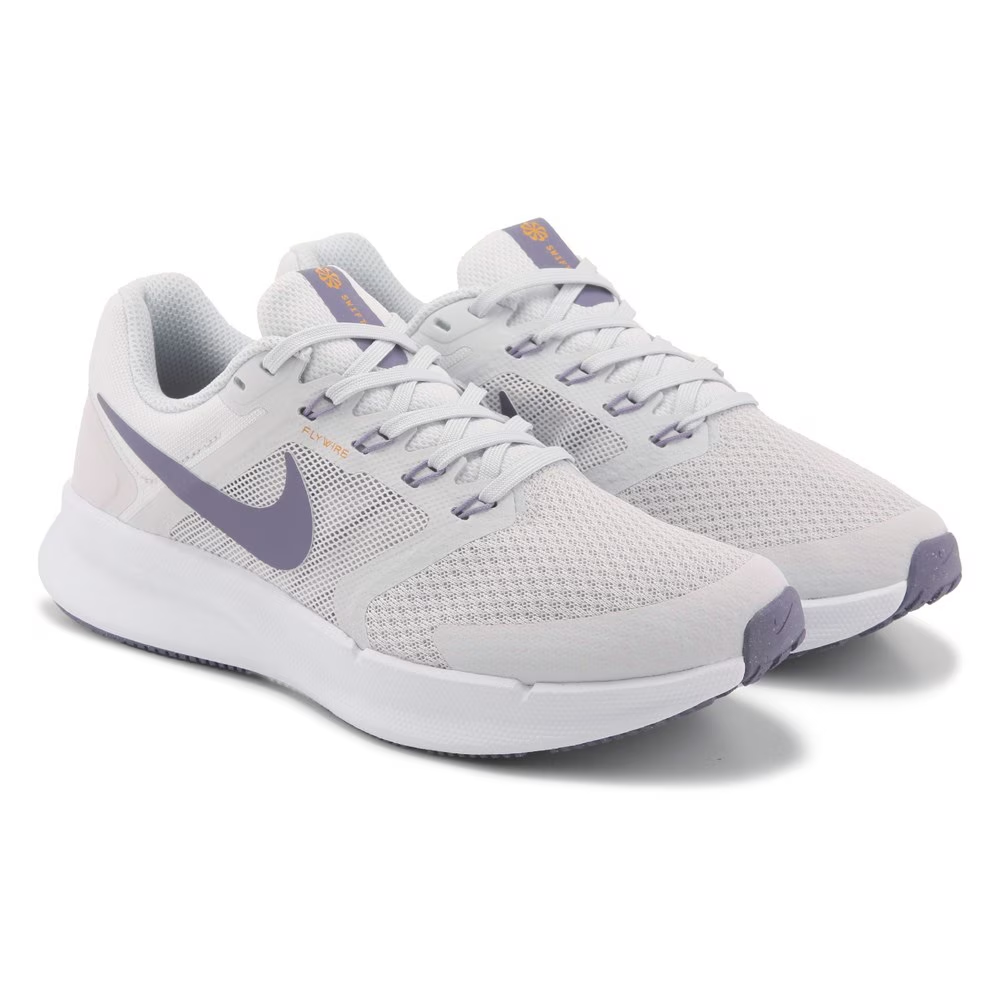
Frequently Asked Questions on Running Shoes
Understanding common questions about running shoes helps you make better decisions for your needs and comfort.
How Often Should Running Shoes Be Replaced?
Running shoes should generally be replaced after 300–500 miles of use. Distance depends on running surface and shoe quality. Frequent runners may need replacements every six months. Look for signs like worn soles or reduced cushioning. Regular inspection ensures shoes provide proper support and impact protection.
Can Cross-Training Shoes Be Used for Running?
Cross-training shoes are not ideal for running. They lack the cushioning runners require for impact. These shoes are better suited for gym activities or multi-directional movements. Using them for running might cause discomfort or injuries. Always choose running-specific shoes for optimal support and durability.
Are Expensive Running Shoes Worth It?
Expensive running shoes brands often provide advanced features like better cushioning and durability. Investing in top-tier models can enhance performance for serious runners. However, budget-friendly options also offer decent comfort and quality for casual runners. Match your budget and running needs before making a choice.
